-
Posts
3,697 -
Joined
-
Last visited
Content Type
Profiles
Forums
Events
Gallery
Blogs
Store
Posts posted by Heartland
-
-
-
-
The Eardington Forge Canal and is mentioned in Hadfields canals of West Midlands
-
-
As fires rage across the UK, has any water way been affected by the wild fires that have been raging through the recent dry weather?
-
It may take two, but some industrial actions adopt extreme measures. The cause was through changing grades for a few bin workers by Birmingham Council, presently Labour controlled. And being Labour there is a favourable attitude to unions, but this decision was brought on through another action "equal pay for women" and the union UNITE interpretation of what equal pay meant. That included parity with a certain group of bin workers. The bin workers affected have claimed that they would loose a considerable amount of money, if their particular grade was abolished. Today it has emerged that UNITE have a case to answer as two of the three bin depots concerned decided to agree to the pay deal some time ago. UNITE used to be a caring union, but in recent times have become predatory choosing where to have their actions and ignoring the needs of their members elsewhere. At the heart of their bin workers actions are the beliefs and opinions of senior Unite staff and it is perhaps time to highlight their involvement as up to now they have hidden in the shadows expecting the media to crucify Birmingham Council and brand them totally as the guilty party.
-
 1
1
-
-
I assume these people put the ladders over the side of the lock, rested them against the wall and then climbed down
It would be an interesting risk assessment today
Including
ladder slips
Falling into lock
and issues with wind, rain and ice
And was there a stoppage in place?
-
Is this a unique interpretation of "easy" ?
Does south of Brum include France etc ?
-
The Bin strike has affected the residents and the strikers had adopted tactics to stop bin lorries leaving the depots. What ever is believed right or wrong their actions are like the times of past where the people on strike are hell bent to achieve their aims at whatever cost. The police will now arrest those adopting the vehicle delay by walking in front of the vehicle. My bin was emptied today, the last time was four weeks ago.
-
The breach of the Macclesfield canal came about with part of the towpath leaking and then giving way it had been featured on social media but evidently not on this forum.
CRT engineers attended the site on 28th March and have installed stop planks at Bridge 51 and 53
The repair is said to take 12 weeks
-
Here is a 1930's o/s of the canal and power station-

The cooling towers in the earlier image are shown in the correct alignment with the original power station buildings on the right. From the angle of the photograph the rail sidings could be obscured, but the wharf used by the boats can be seen between the bridge and the transformers
-
This was quite an achievement restoring the aqueduct
-
The tenant of the Brewery Basin has now gone
But was it scrapped or removed ?
-
Yes it was Acton Lane Power Station and the wharf on the Canal was close to Acton Lane Bridge
It was a generating station with a long life being commissioned in 1899. That was later the A station and the B Station was the one with the concrete cooling towers
-
With the cooling towers they were close to the Paddington Branch of the GU Canal and they were at Willesden Power Station, when I went there to photograph the Robert Stephenson & Hawthorn loco, I recall the concrete tower there.
It would be of interest to discuss the type of traffic Sabey carried
-
-
-
If any wish to contact me or John Holt, Secretary, we can arrange a talk at the BMI or may be another RCHS Venue through me talking to the respective secretary involved.
-
Yes I did that too, but there was one which seems to be at Brecon. When the Usk salmon fishery was formed in the 1850's there small salmon might find their way into the canal from the Usk. Iron grating was placed at the mouth of the feeder about 1855 to prevent the young salmon passing into the canal
The water that passed into the canal was considerable it seems and that water also supplied firms along the banks and also passed into the Monmouthshire Canal would eventually reach the Usk again at Newport.
I believe the entrance was south of the ford which itself was south of Monmouth Bridge.
-
I am interested to know where the Brecon canal obtained their water and that may have been near the end of the canal at Brecon.
-
-
Yes it was easy
The removal of the bridge that crossed the entrance to Hay Basin I believe was then a recent work
But if you look closely it seems the boatmans mission behind the cottages was still standing which is another date for when it was taken down is another question.
-
As to

This image was at Great Linford on the Grand Junction Canal
Alan Faulkner has a similar image in his book for the Grand Junction Canal which shows the entrance to the Newport Pagnell Branch
The above image is from the Waterways Archive Collection
And now from my own collection taken in 1978 a image which should be easy.
-
 1
1
-
-
The size of this bridge is also of interest especially as to getting a boat through it
I shall also post a vintage image which is dated 1882 and shows an ice boat and was at a junction of the main canal with a branch canal somewhere south of Brum
This is before the Guiness Book of Records, otherwise it might be an applicant for the greatest number of people on an ice boat !


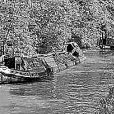
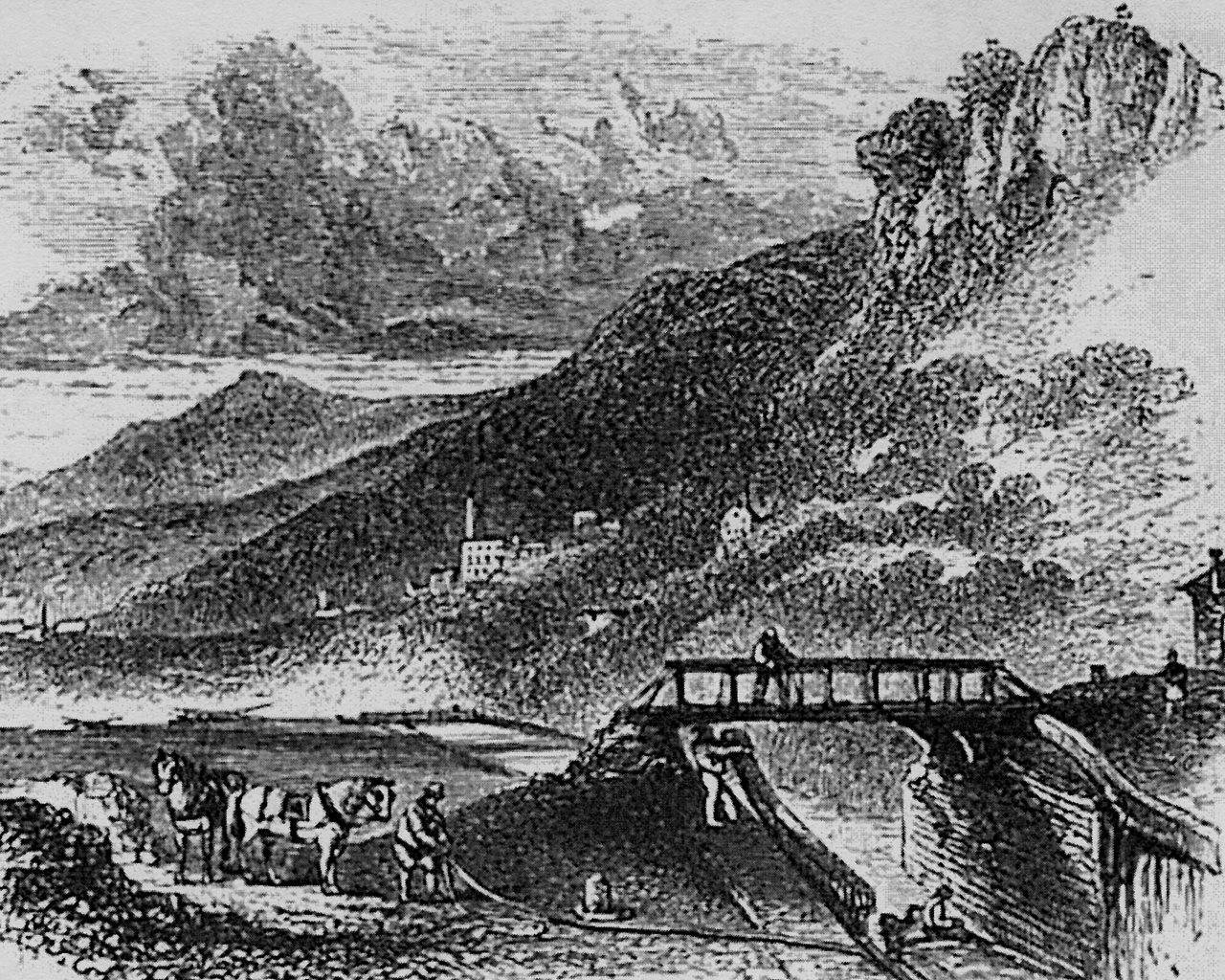
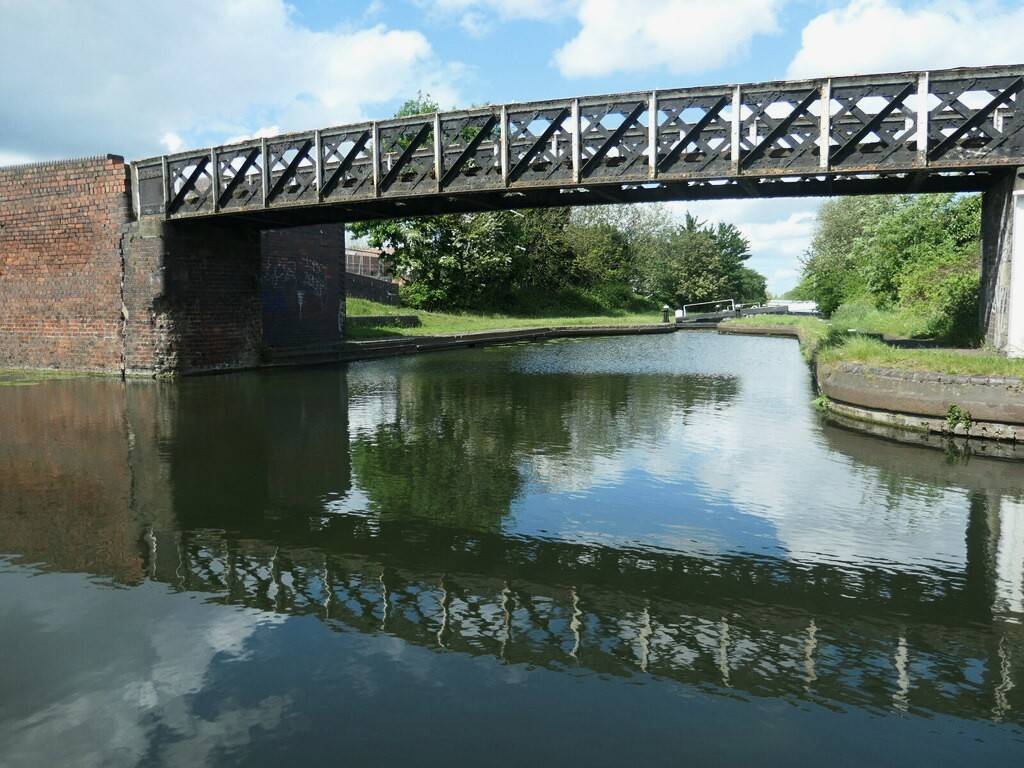
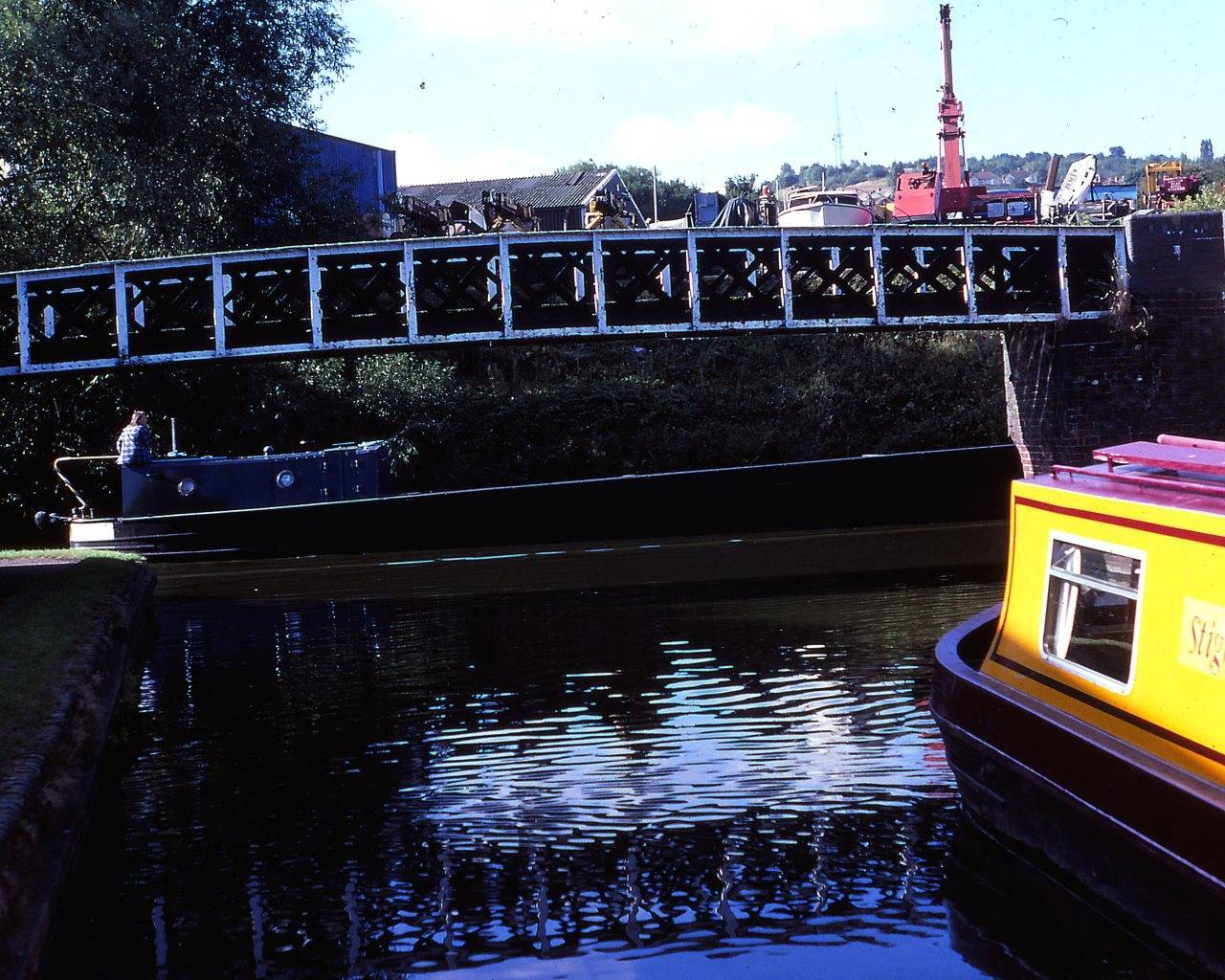
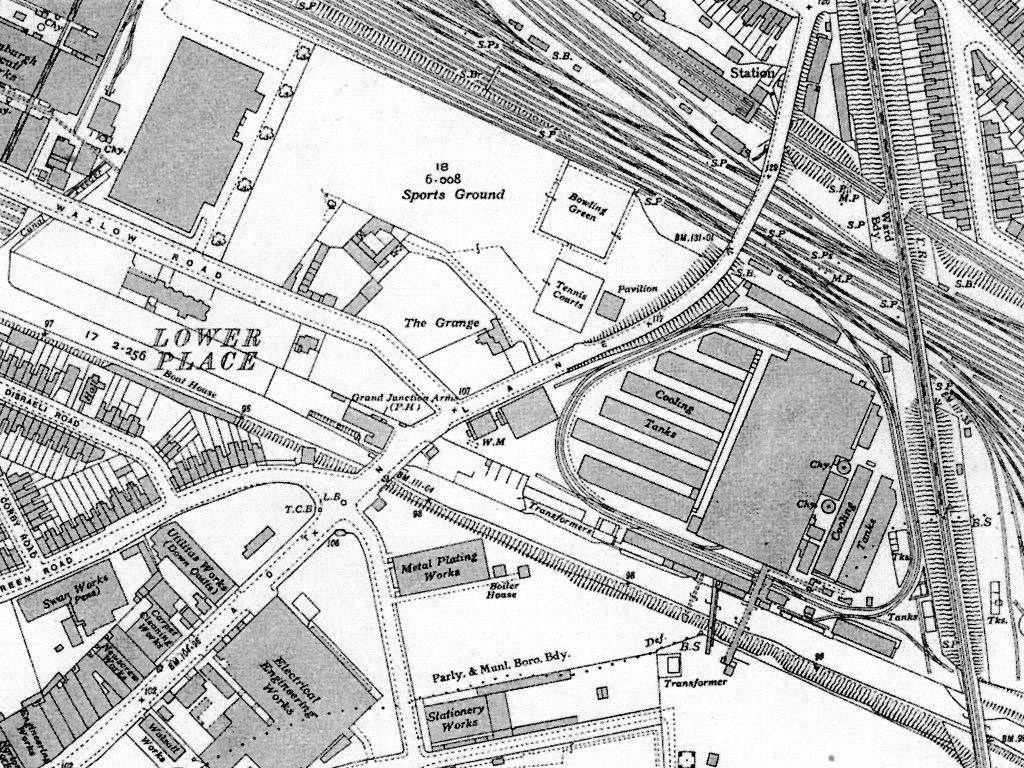
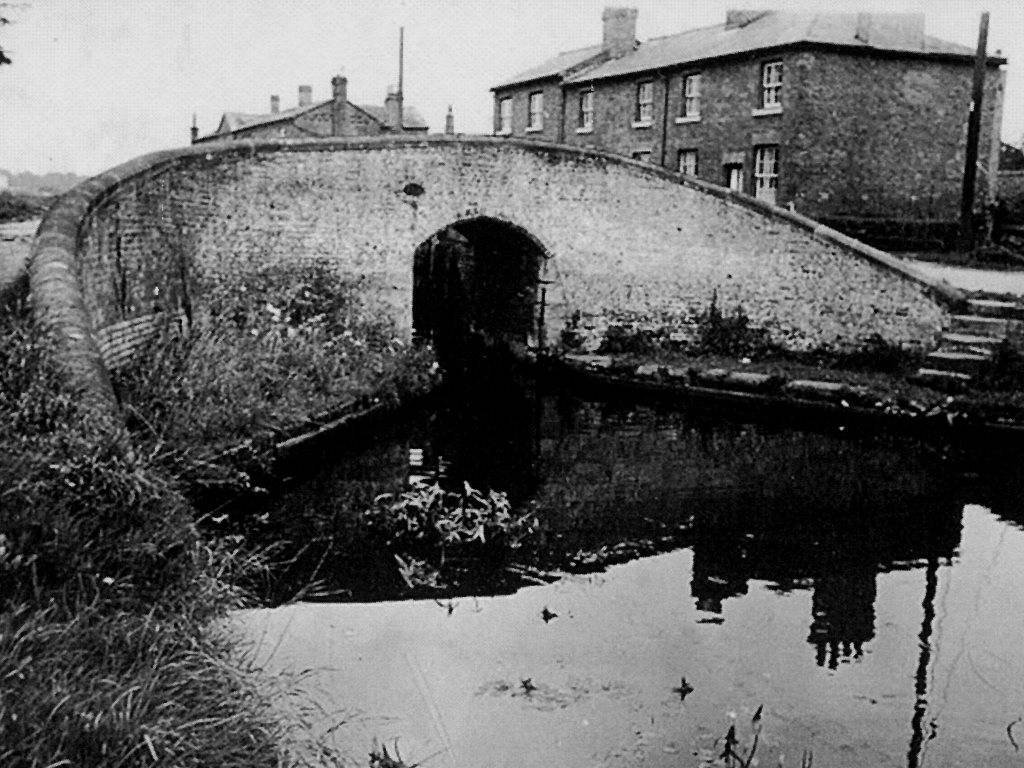
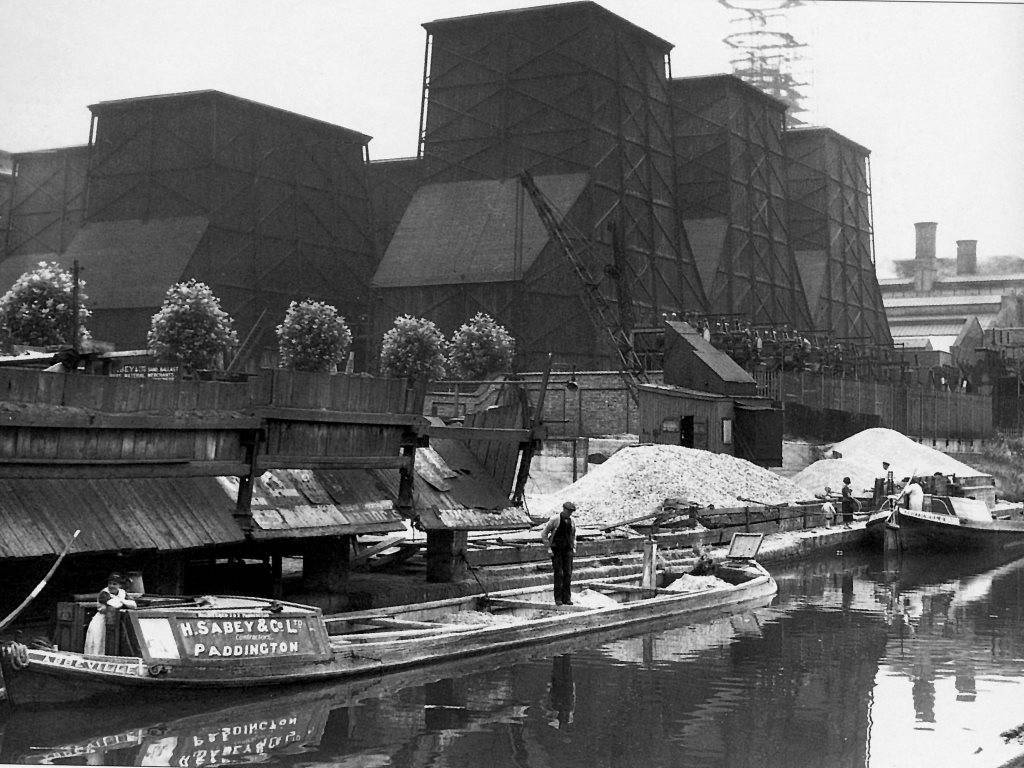
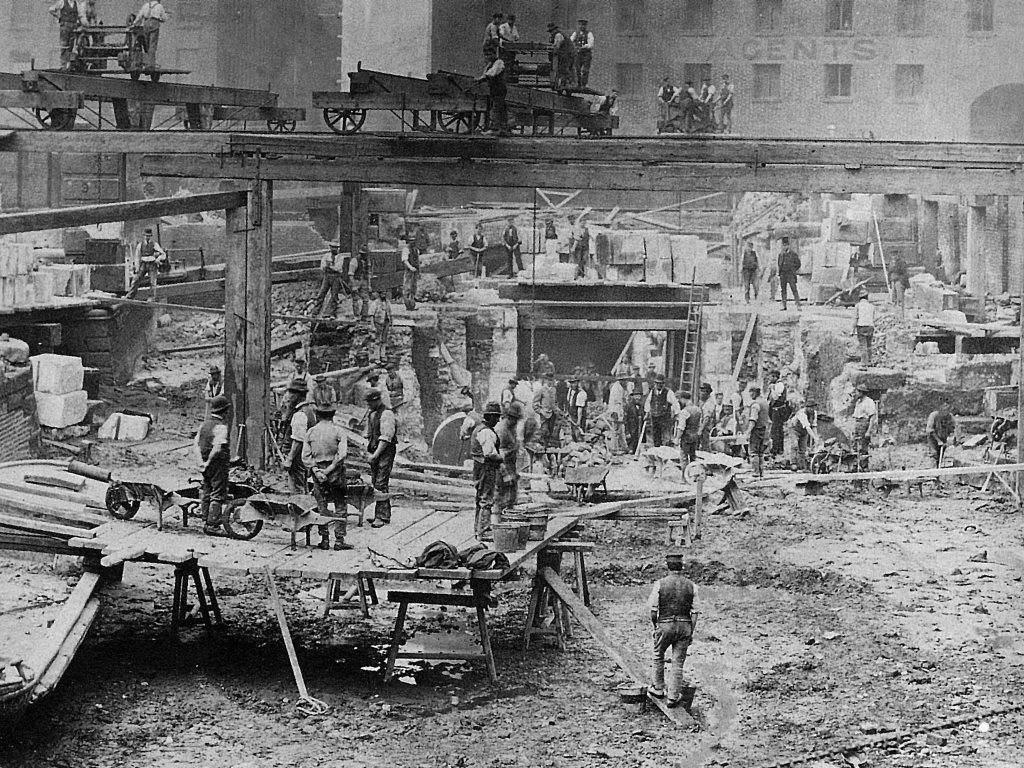
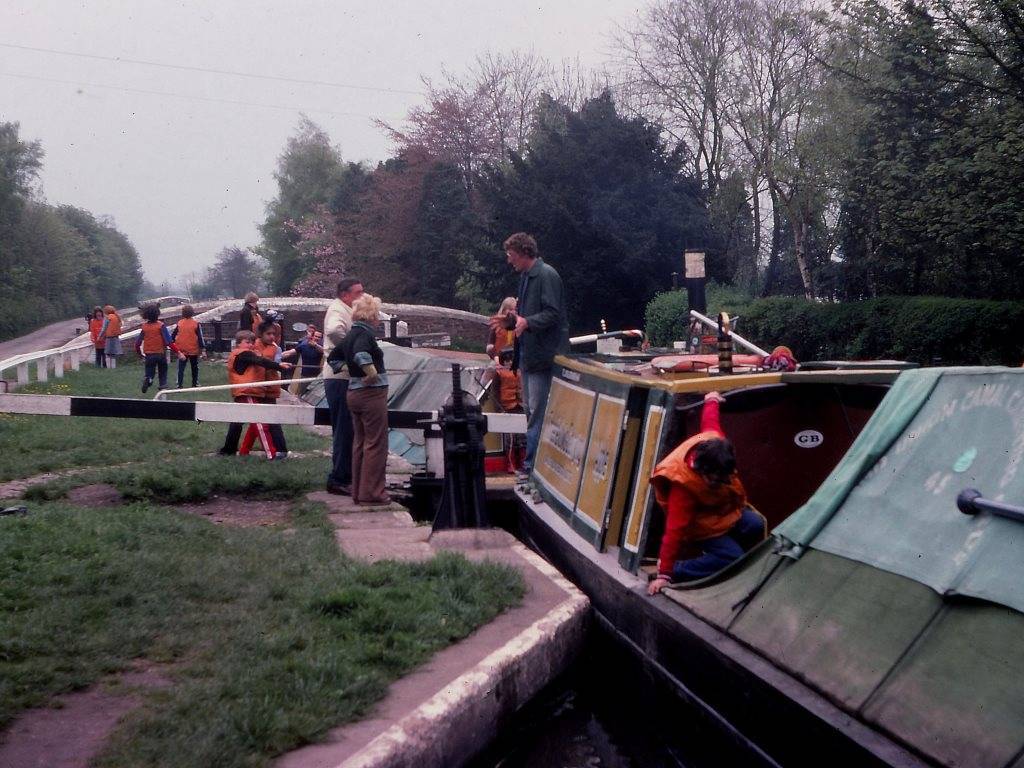
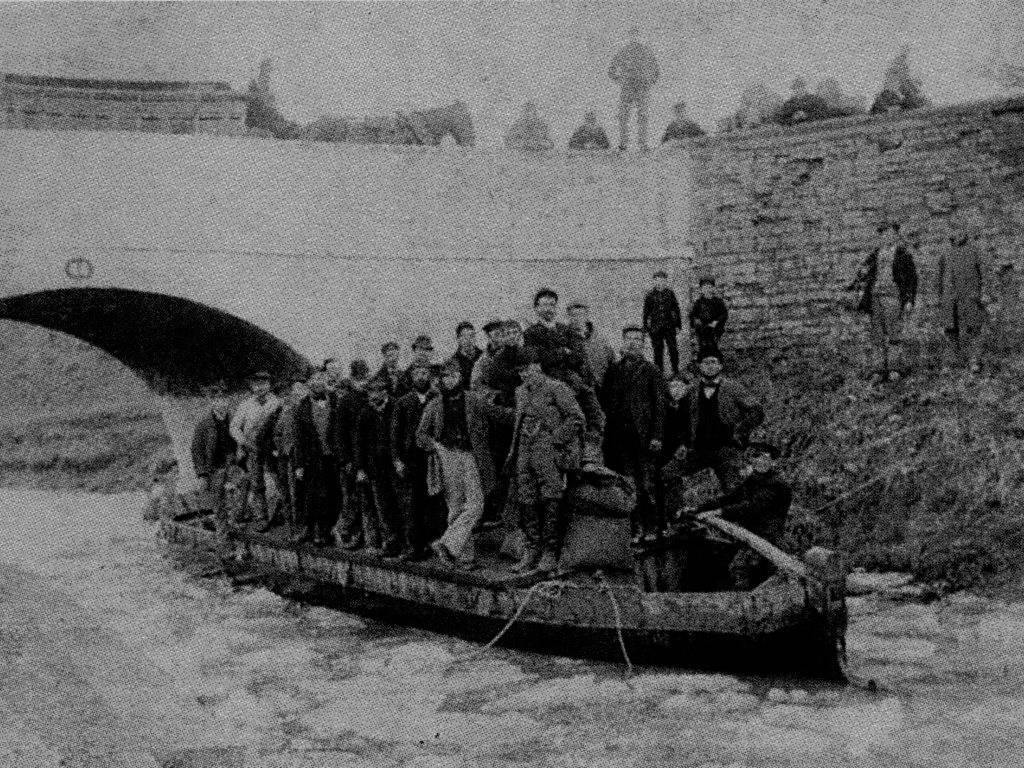
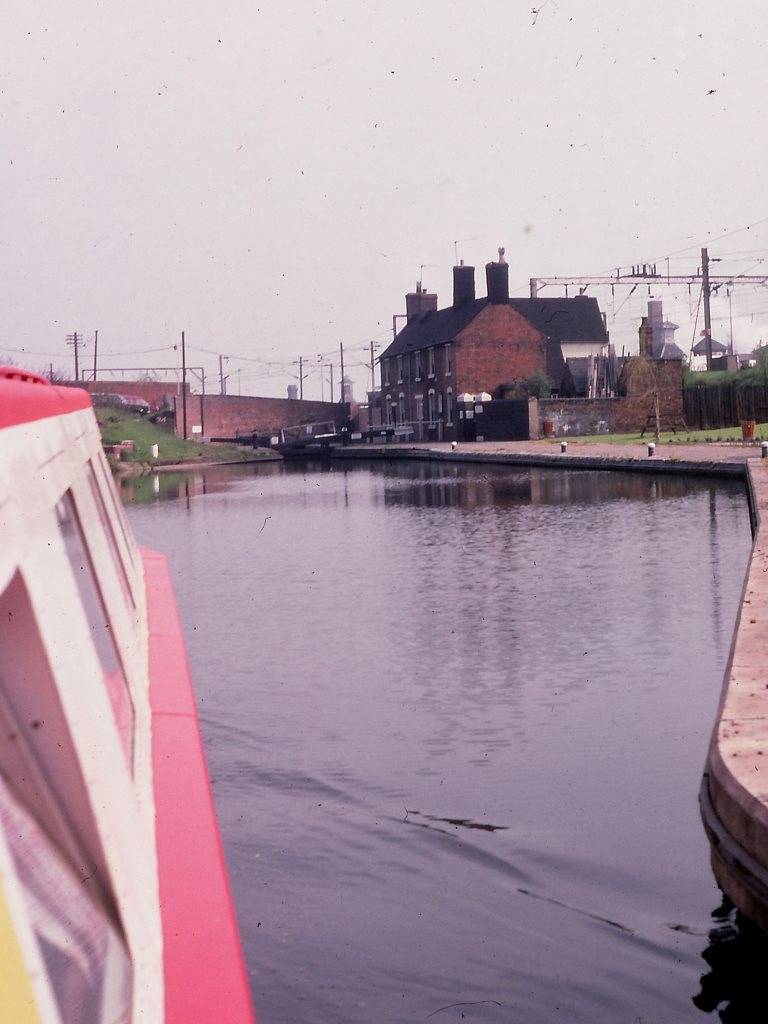
An image published in 1861
in History & Heritage
Posted
Yes John is correct, it is one of the routes there
It was in a Samuel Smiles book